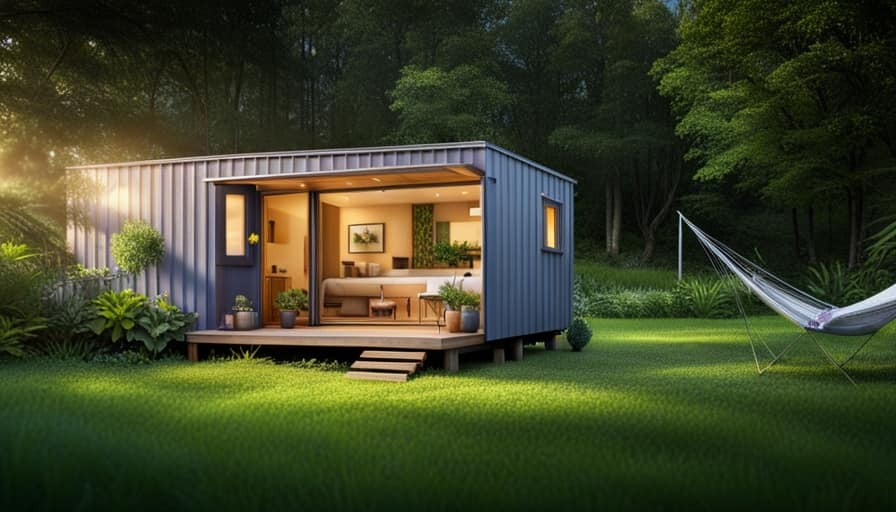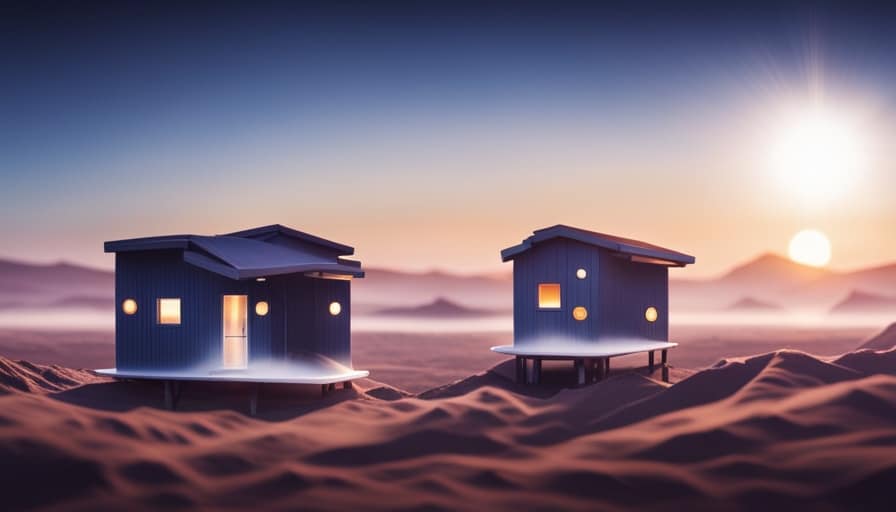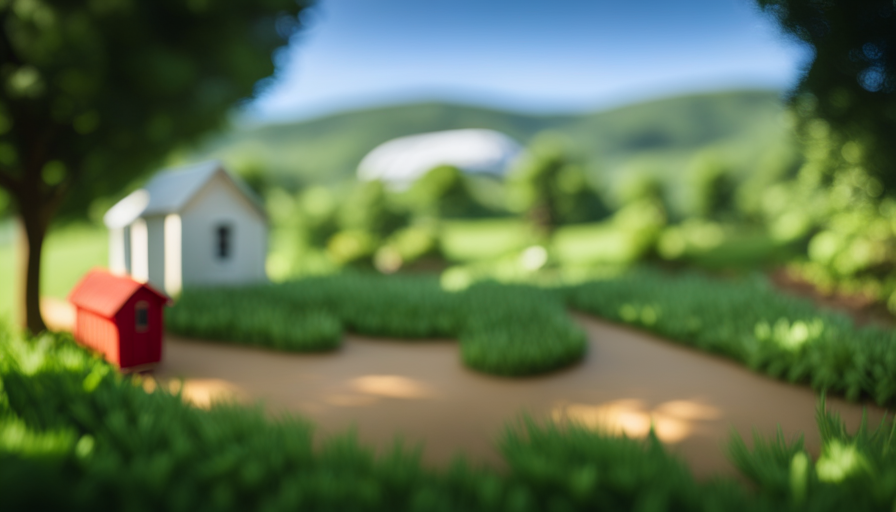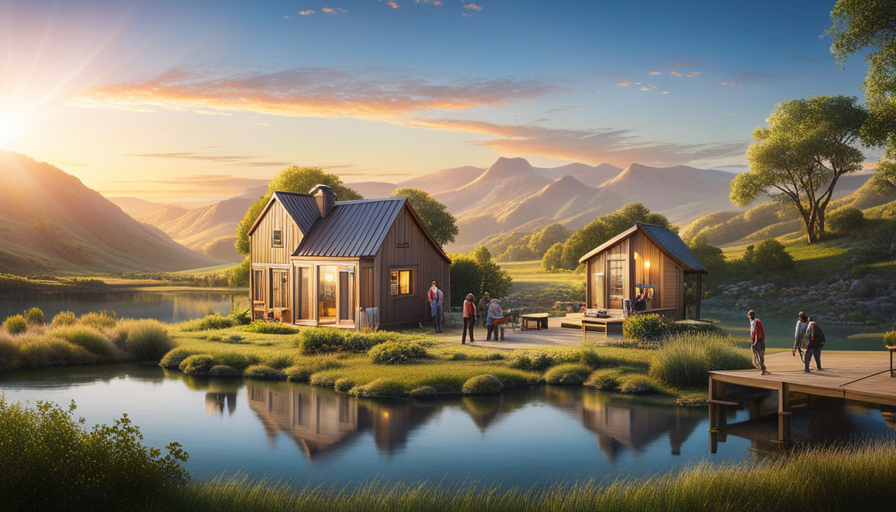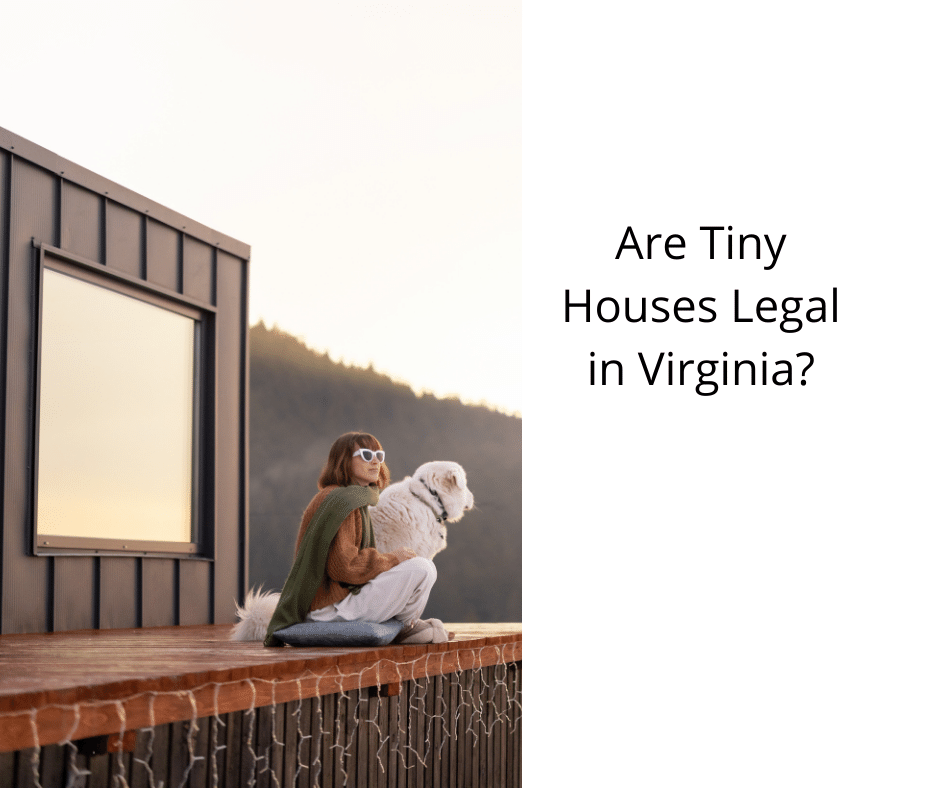As someone who owns a tiny house, I have come to appreciate the great importance of deep cabinets. These concealed gems not only optimize storage space but also improve the functionality of your small home.
In this article, I’ll share the benefits of incorporating deep cabinets, along with creative ideas and organizing tips. Whether you’re looking to declutter or simply make the most of your limited space, choosing the right deep cabinets can transform your tiny house into a haven of organization and efficiency.
Key Takeaways
- Deep cabinets in a tiny house provide ample storage space for belongings.
- They maximize every inch of available space and utilize vertical storage to optimize height.
- Deep cabinets allow for storage of larger items such as pots and pans.
- They help keep belongings organized and easily accessible.
The Benefits of Deep Cabinets in a Tiny House
One of the biggest benefits of deep cabinets in a tiny house is that they provide ample storage space for all of my belongings. Space-saving solutions are crucial in a tiny house, and deep cabinets allow me to maximize every inch of available space. By utilizing vertical storage, I can optimize the height of the cabinets and store more items without taking up valuable floor space.
This is especially important in a tiny house where every square foot matters. Deep cabinets also allow me to keep my belongings organized and easily accessible. With the extra depth, I can store larger items such as pots and pans, kitchen appliances, and even clothing.
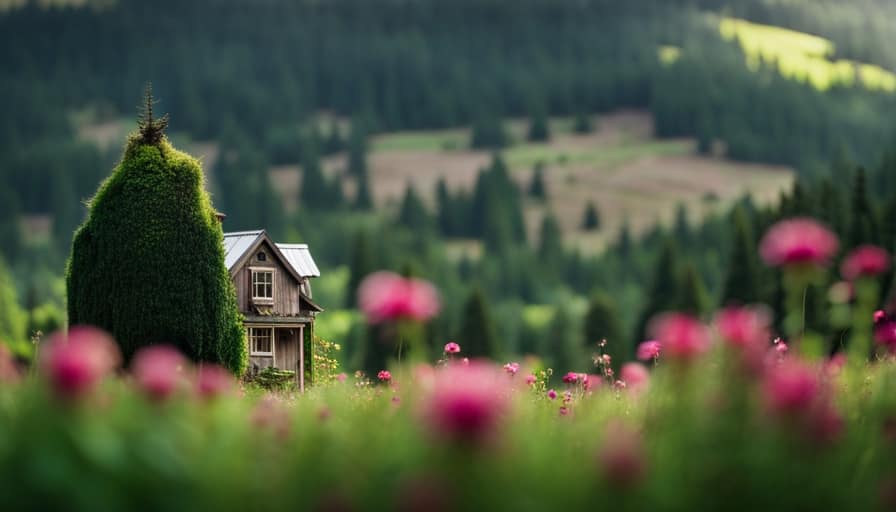
Maximizing storage space with deep cabinets is essential in creating a functional and clutter-free living environment in my tiny house.
Maximizing Storage Space With Deep Cabinets
I can maximize storage space in my tiny house by utilizing deep cabinets and incorporating vertical storage solutions. Deep cabinets offer ample space for storing a variety of items, allowing me to efficiently organize and declutter my living space.
To further optimize my storage capabilities, I can implement the following space-saving solutions for deep cabinets in my tiny house:
-
Install adjustable shelving: This allows me to customize the cabinet’s interior to accommodate items of different sizes and shapes.

-
Utilize hooks and organizers: By utilizing hooks and organizers on the cabinet doors or sides, I can hang smaller items and keep them easily accessible.
-
Incorporate pull-out drawers: These drawers provide easy access to items stored in the back of the cabinet, eliminating the need to rummage through the entire space.
Creative Ways to Incorporate Deep Cabinets in Your Tiny House
To maximize the storage potential of my tiny house, deep cabinets can be creatively incorporated to provide ample space for organizing and storing various items. When it comes to space-saving solutions for deep cabinets in a tiny house, there are a few DIY hacks that can be used to customize the cabinets to suit your needs. Here are some ideas to inspire you:
| DIY Hacks for Deep Cabinets |
|---|
| 1. Pull-out shelves |
| 2. Vertical dividers |
| 3. Adjustable racks |
By implementing these hacks, you can make the most of the deep cabinets in your tiny house. Pull-out shelves allow easy access to items at the back of the cabinet, while vertical dividers help to separate and organize different items. Adjustable racks provide flexibility for storing items of various sizes. These hacks not only maximize storage space but also ensure that everything is neatly organized. With these creative solutions, your deep cabinets will become a functional and efficient storage solution in your tiny house.
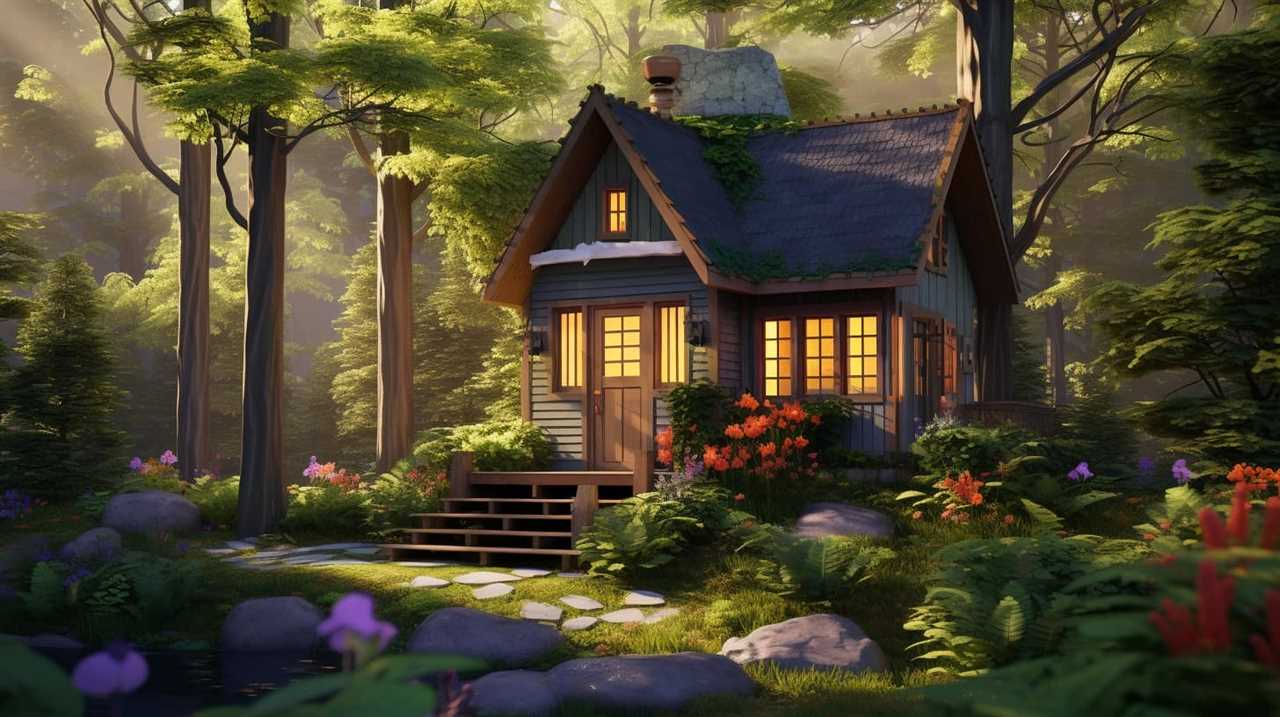
Transition: Now that we’ve explored creative ways to incorporate deep cabinets, let’s move on to organizing tips for maximizing their efficiency.
Organizing Tips for Deep Cabinets in a Tiny House
With a little planning and the right organizing strategies, I can maximize the efficiency of my deep cabinets in a tiny house. Here are some tips to help me make the most of my storage space:
-
Utilize vertical space: Install additional shelves or stackable organizers to make use of the height in my cabinets. This will help me store more items without taking up extra space.
-
Group similar items together: By organizing my small kitchen appliances into categories, such as baking tools or cooking gadgets, I can easily locate what I need and avoid clutter.
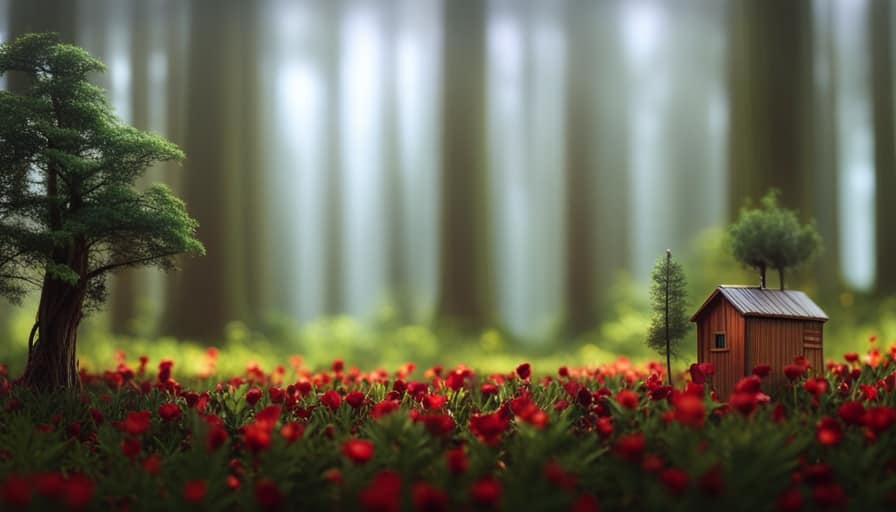
-
Use clear containers: Transparent bins or jars allow me to see the contents at a glance, making it easier to find and access items. This also helps to keep everything neat and tidy.
Choosing the Right Deep Cabinets for Your Tiny House
To ensure optimal storage solutions, carefully consider the dimensions and functionality of deep cabinets for your tiny house.
Deep cabinets can be a valuable addition to a small space, providing ample storage for all your essentials. However, it’s important to make them multifunctional to maximize their usefulness. One way to achieve this is by incorporating adjustable shelves or pull-out drawers, allowing you to customize the cabinet to suit your needs.
Additionally, consider the pros and cons of deep cabinets in a small space. While they offer generous storage capacity, they can also make it difficult to access items at the back. To mitigate this, you can install sliding or rotating mechanisms that bring items to the forefront.
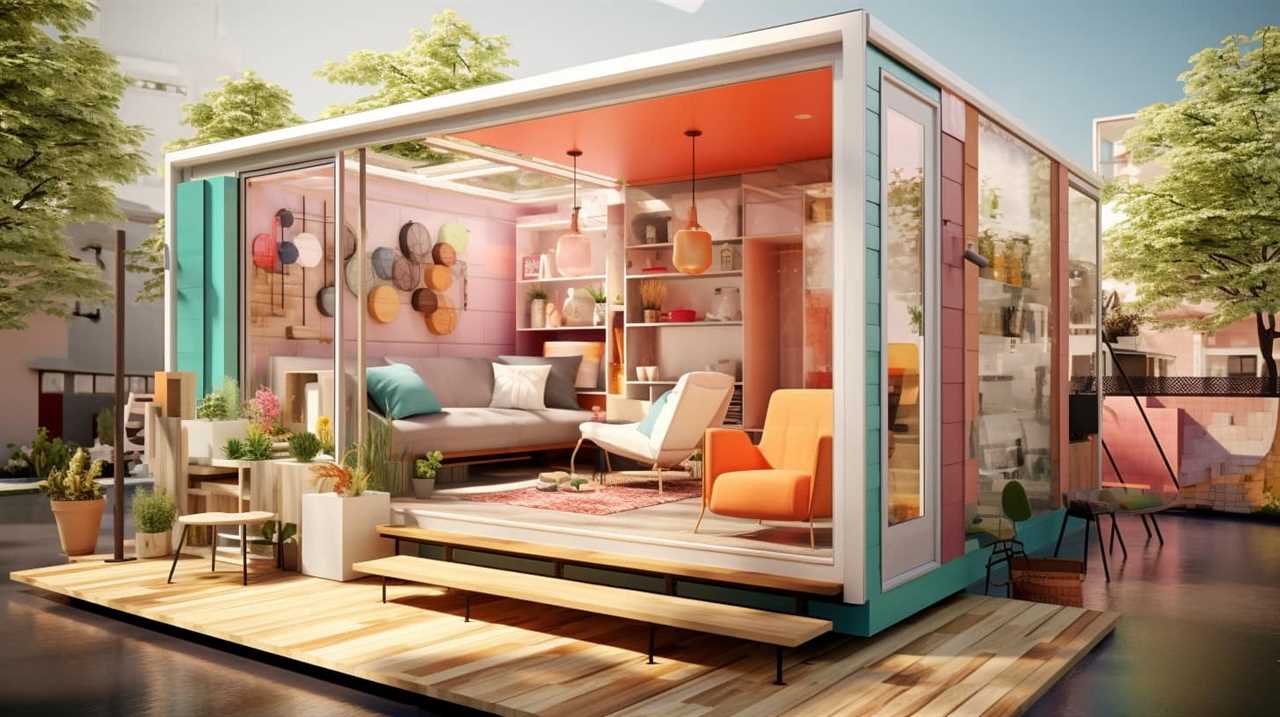
Ultimately, finding the right deep cabinets for your tiny house requires careful consideration of both dimensions and functionality.
Frequently Asked Questions
How Much Weight Can Deep Cabinets in a Tiny House Typically Hold?
Deep cabinets in tiny houses typically have a weight capacity that can vary depending on several factors. It is important to consider the materials used, the structural integrity of the house, and any additional supports or reinforcements in place.
Are There Any Specific Building Codes or Regulations to Consider When Installing Deep Cabinets in a Tiny House?
Yes, there are building code requirements and safety considerations to keep in mind when installing deep cabinets in a tiny house. It’s important to ensure the cabinets are properly secured and meet the necessary standards for safety.
Can Deep Cabinets Be Customized or Modified to Fit Specific Items or Appliances?
Yes, deep cabinets can be customized to fit specific items or appliances. This allows for efficient storage and maximizes space in a tiny house. The benefits of deep cabinets include better organization and easier access to stored items.

Are There Any Alternative Storage Solutions That Can Be Used Instead of Deep Cabinets in a Tiny House?
There are many alternative storage solutions and creative storage ideas available for tiny houses. These options can include built-in shelves, under-bed storage, hanging organizers, and multi-purpose furniture.
What Are the Potential Downsides or Limitations of Incorporating Deep Cabinets in a Tiny House Design?
The potential drawbacks of incorporating deep cabinets in a tiny house design are the space limitations they create. They can make the living area feel cramped and limit the overall storage capacity.
Conclusion
In conclusion, deep cabinets in a tiny house offer a multitude of benefits. They maximize storage space and allow for creative organization solutions.
Choosing the right deep cabinets is essential to optimizing functionality in a small space. With deep cabinets, your tiny house will become a treasure trove, neatly storing away all your belongings like a hidden cavern of possibilities.
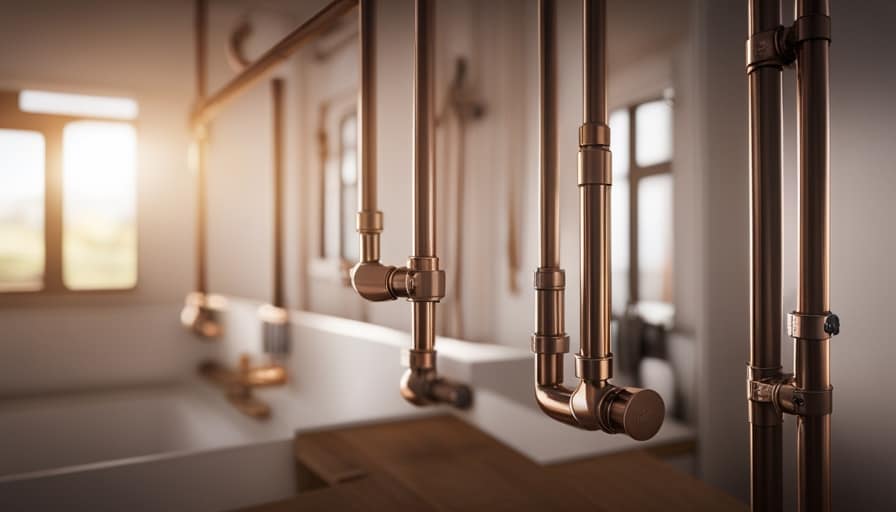
So, embrace the power of deep cabinets and watch your tiny house transform into a perfectly organized and efficient living space.
I’m Theodore, and I love tiny houses. In fact, I’m the author of Tiny House 43, a book about tiny houses that are also tree houses. I think they’re magical places where imaginations can run wild and adventures are just waiting to happen.
While tree houses are often associated with childhood, they can be the perfect adult retreat. They offer a cozy space to relax and unwind, surrounded by nature. And since they’re typically built on stilts or raised platforms, they offer stunning views that traditional homes simply can’t match.
If you’re looking for a unique and romantic getaway, a tree house tiny house might just be the perfect option.
